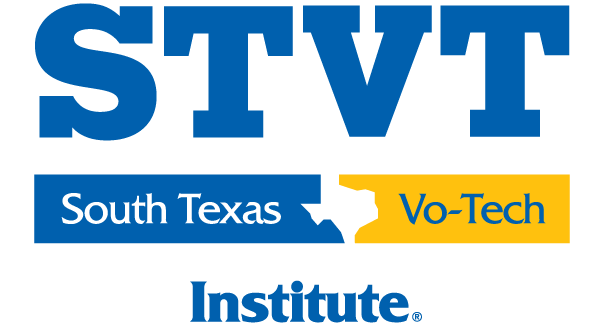Ever dreamed of cruising down the highway in a giant truck? Or maybe you’re looking for a new career that isn’t stuck behind a desk? If so, then getting a Commercial Driver’s License (CDL) might be the perfect next step for you! But before you jump behind the wheel of a big rig, there are a few things you need to know. This blog will guide you through the process of getting your CDL, with a special focus on the requirements for a Class A CDL, one of the most versatile licenses available.
When is a CDL Required?
So, you don’t need a CDL to drive every big vehicle on the road. A regular driver’s license is enough for some smaller commercial vehicles. But if you plan on operating any of the following, you’ll need to get your CDL:
- Large trucks: This includes tractor-trailers, dump trucks, and other vehicles with a Gross Combination Weight Rating (GCWR) of over 26,001 pounds.
- Buses: This applies to school buses, charter buses, and any other passenger vehicle designed to carry more than 15 passengers (including the driver).
- Hazmat Vehicles: If you’ll be transporting hazardous materials like gasoline or chemicals, you’ll need a special endorsement on your CDL.
What are the Requirements for a CDL License?
The general requirements for getting a CDL can vary slightly from state to state, but here’s a good overview of the main steps:
- You need to be at least 18 years old to drive within your state and 21 years old to drive across state lines. This is a federal requirement.
- You must have a valid driver’s license. No surprises there!
- You will need to pass a medical exam. This exam will ensure you’re physically fit to safely operate a commercial vehicle.
- You will also need to pass a written knowledge test. These tests will cover things like traffic laws, vehicle operation, and safe driving practices specific to commercial vehicles.
- And finally, you will need to pass a skills test. This is the practical part! You’ll demonstrate your ability to maneuver a commercial vehicle through a driving course.
What are the Requirements for a CDL in Texas?
Texas follows all the general CDL requirements mentioned above. Here are some additional details specific to the Lone Star State:
- You can apply for a learner’s permit (CLP) at 18 years old to begin practicing with a licensed CDL holder.
- The Texas Department of Public Safety (DPS) offers a CDL handbook that covers everything you’ll need to know for the knowledge tests.
- Not all DPS offices offer CDL skills testing, so be sure to check with your local office beforehand.
Obtaining a Class A CDL
The Class A CDL is the king of the CDL world, allowing you to operate the biggest and heaviest commercial vehicles on the road. To get your Class A CDL in Texas, you’ll need to pass all the general CDL requirements, plus an additional knowledge test specific to combination vehicles.
Ready to Get Your CDL?
Getting a CDL can open doors to exciting career opportunities in the transportation industry. If you’re serious about getting your CDL, consider enrolling in a CDL training program. These programs provide classroom instruction and behind-the-wheel training to prepare you for the CDL licensing exams.
South Texas Vocational Technology Institute (STVT) Offers Class A and Class B CDL Programs!
South Texas Vocational Technical Institute offers the CDL Training: Class A Tractor-Trailer Program at all six of their campus locations, providing training for aspiring commercial drivers. Additionally, our Arlington campus offers a specialized CDL Training: Class B Program tailored to meet the needs of local drivers. We can help you get the training for the future you want. Take the next step in your journey with the vocational or skills-based education available at STVT.
Contact STVT today and learn more about how we can help you get your CDL and hit the road to success!



